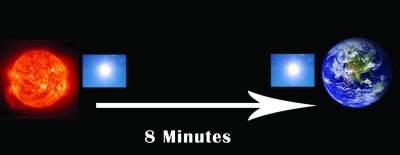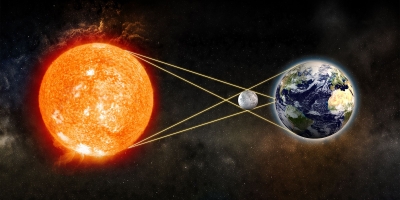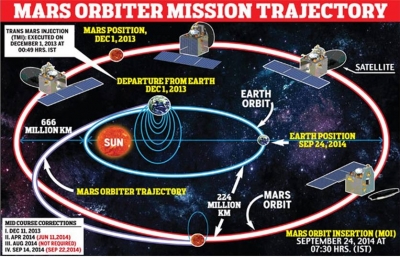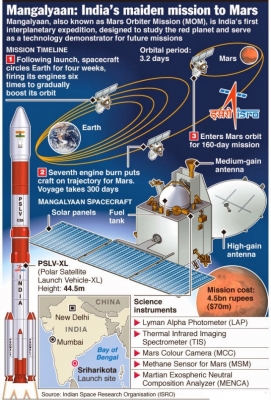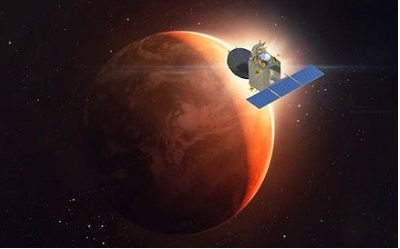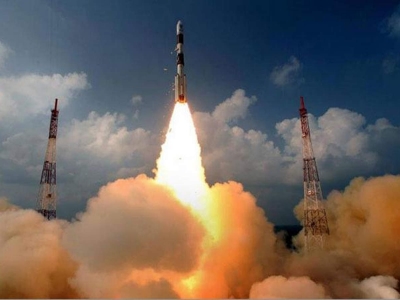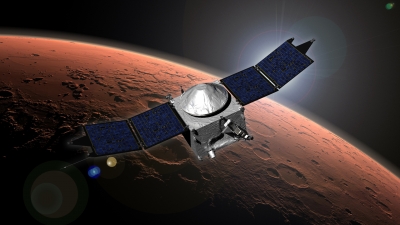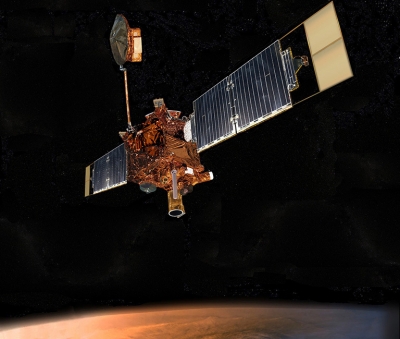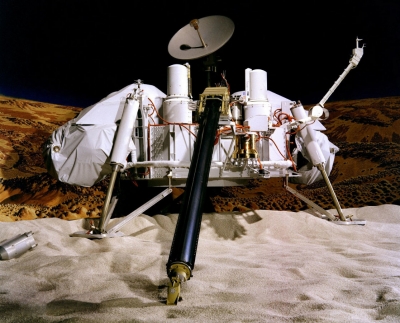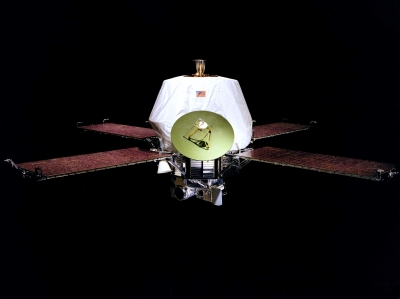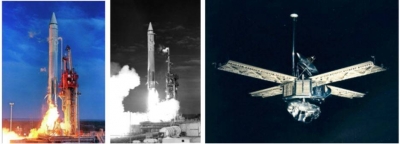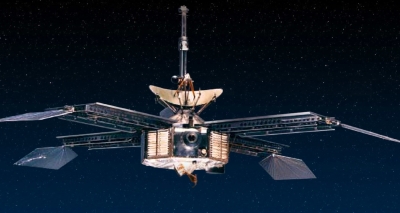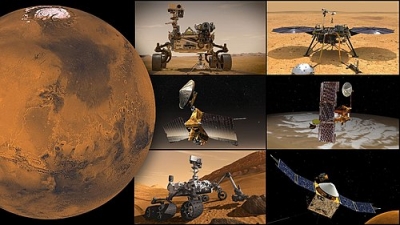What is the sun?
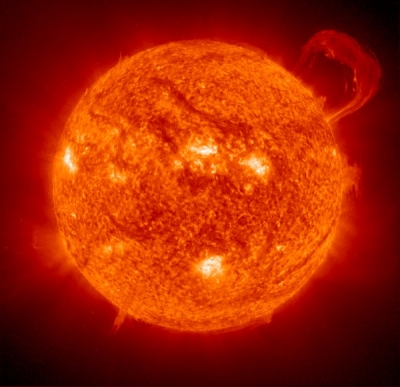
The sun is a star, a hot ball of glowing gases at the heart of our solar system. Its influence extends far beyond the orbits of distant Neptune and Pluto. Without the sun's intense energy and heat, there would be no life on Earth. And though it is special to us, there are billions of stars like our sun scattered across the Milky Way galaxy. If the sun were as tall as a typical front door, the Earth would be the size of a U.S. nickel. The temperature at the sun's core is about 27 million degrees Fahrenheit.
The sun lies at the heart of the solar system, where it is by far the largest object. It holds 99.8% of the solar system's mass and is roughly 109 times the diameter of the Earth — about one million Earths could fit inside the sun.
The surface of the sun is about 10,000 degrees Fahrenheit (5,500 degrees Celsius) hot, while temperatures in the core reach more than 27 million F (15 million C), driven by nuclear reactions. One would need to explode 100 billion tons of dynamite every second to match the energy produced by the sun, according to NASA.
The sun is one of more than 100 billion stars in the Milky Way. It orbits some 25,000 light-years from the galactic core, completing a revolution once every 250 million years or so. The sun is relatively young, part of a generation of stars known as Population I, which are relatively rich in elements heavier than helium. An older generation of stars is called Population II, and an earlier generation of Population III may have existed, although no members of this generation are known yet.
The sun was born about 4.6 billion years ago. Many scientists think the sun and the rest of the solar system formed from a giant, rotating cloud of gas and dust known as the solar nebula. As the nebula collapsed because of its gravity, it spun faster and flattened into a disk. Most of the material was pulled toward the center to form the sun.
The sun has enough nuclear fuel to stay much as it is now for another 5 billion years. After that, it will swell to become a red giant. Eventually, it will shed its outer layers, and the remaining core will collapse to become a white dwarf. Slowly, the white dwarf will fade, and will enter its final phase as a dim, cool theoretical object sometimes known as a black dwarf.
Credit : Space.com
Picture Credit : Google
